What are the welding methods for CS pipe?
Carbon steel pipes (carbon content ≤ 0.25%) are widely used in building structures, machinery manufacturing, pipeline systems and other fields due to their low cost, moderate strength and good processing performance. Welding is the core process of carbon steel pipe connection, and its quality directly affects the safety and service life of the system. The welding methods of carbon steel pipes mainly include manual arc welding (SMAW), submerged arc welding (SAW), gas shielded welding (such as MIG and TIG), high-frequency resistance welding (ERW) and laser welding. Different methods are suitable for different pipeline specifications, wall thicknesses and usage scenarios. When choosing, it is necessary to comprehensively consider welding efficiency, cost and welding quality requirements.
1. Manual Metal Arc Welding (SMAW)
Manual metal arc welding is one of the most common traditional welding methods. During operation, a handheld electrode is used to introduce current into the arc, and the heat of the arc is used to melt the steel pipe and connect them together. This method has simple equipment and strong adaptability. It is suitable for a variety of working conditions, especially for outdoor operations and maintenance occasions.
2. Gas Metal Arc Welding (GMAW)
GMAW, also known as MIG or MAG welding, is a common automatic or semi-automatic welding method. Inert gas (such as argon) or active gas (such as CO₂) is used for protection during welding to prevent air contamination of the weld and improve welding quality. It is widely used in automobile manufacturing, structural parts welding and other industries.
3. Powder Metal Arc Welding (PMAW)
Powder Metal Arc Welding is a highly efficient welding process suitable for welding large diameter or thick wall carbon steel pipes. This method forms a dense weld by melting the welding wire with metal powder, which is suitable for the automated production of large-scale, long straight welds.
4. Plasma Arc Welding (PAW)
Plasma welding uses a concentrated energy plasma arc to form a deep-penetration weld on a carbon steel pipe with high welding quality. It is suitable for welding with strict requirements on weld quality or complex structures, and is often used in aerospace, precision equipment manufacturing and other fields.
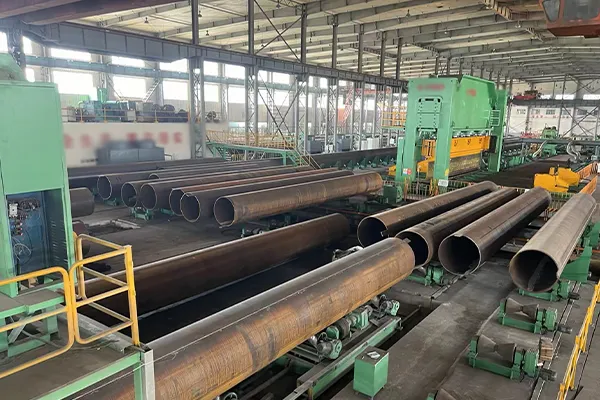
How to weld carbon steel pipe fittings?
1. Equipment inspection and preparation
Inspect the equipment: Make sure that all parts of the argon arc welding automatic welding equipment are intact, and the power cord, control line and other connections are correct. Check whether the welding gun, wire feeding mechanism and other parts are working properly.
Prepare welding materials: Prepare the corresponding welding wire, welding materials and workpieces according to the welding requirements. Make sure that the parameters such as the diameter and material of the welding wire match the welding requirements.
2. Set welding parameters
Set appropriate welding current, voltage, wire feeding speed and other parameters according to the material, thickness and required weld quality of the carbon steel pipeline. For carbon steel pipelines, fine-tuning may be required according to their specific physical and chemical properties.
3. Welding process
H1440T series automatic welding machine is suitable for welding of various pipe fittings (such as
elbows, tees, high neck flanges) and materials. It is equipped with argon arc welding equipment, adopts an integrated design, compact structure and precise positioning. Equipped with a three-dimensional operating arm, a full-angle positioner and a welding gun adjustment mechanism, the welding is flexible and efficient. The system supports touch programming, 30 sets of process calls, arc length tracking (AVC), welding gun oscillation (OSC) and high-precision wire feeding. It has a water cooling system and one-button automatic welding function. It is easy to operate and has stable performance.






 English
English Español
Español بالعربية
بالعربية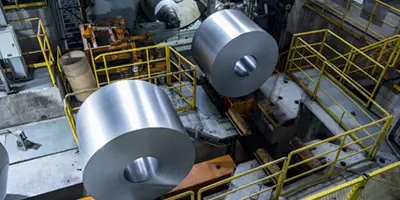
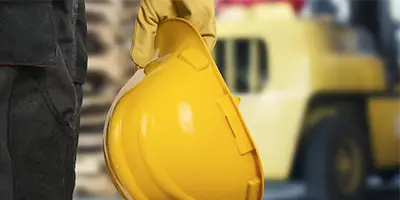
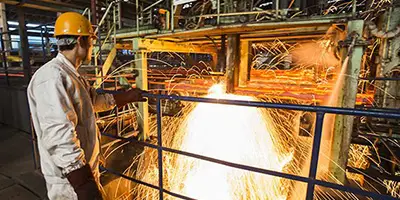
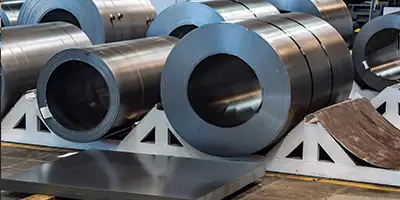

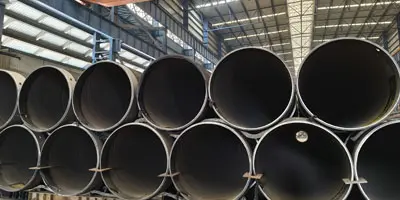
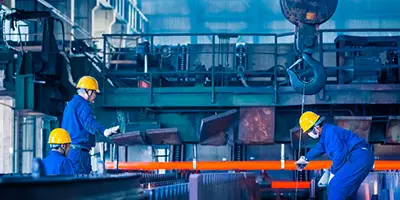
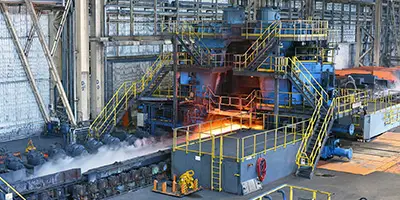
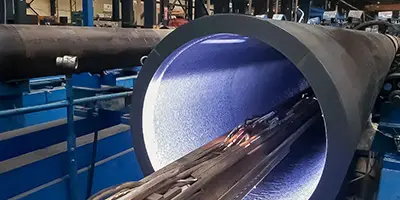
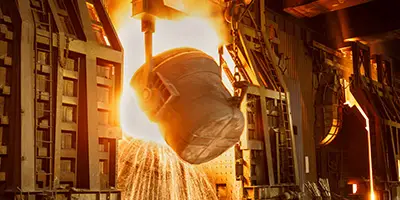


 Phone :
Phone :  Whatsapp :
Whatsapp :  Email :
Email : 


